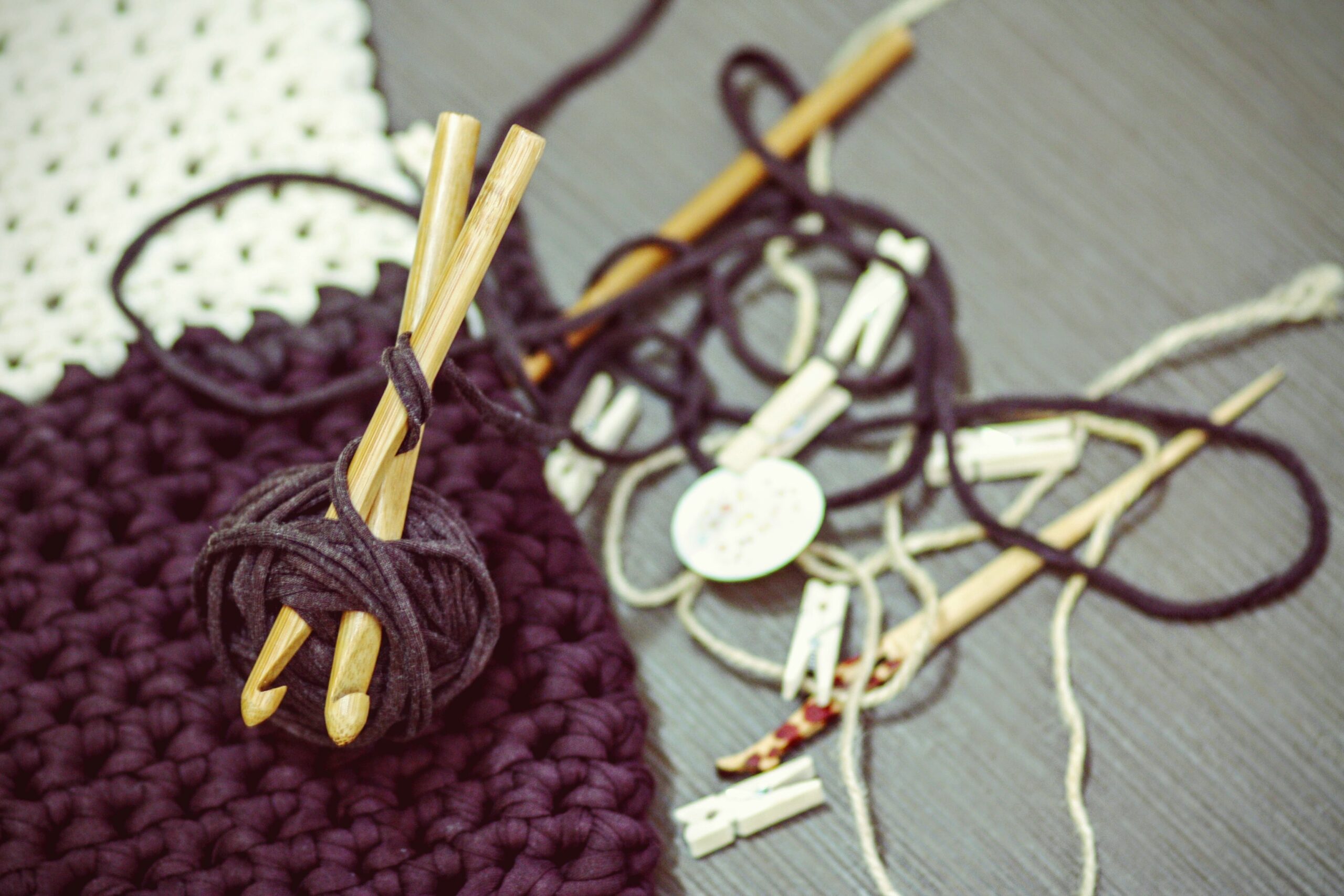Celebrating African American Accessorization

Innovative. Passionate. Creative.
Fashion holds a long and beautiful history of change and adaptation across the African diaspora. For millennia fashion has operated as a form of empowerment and expression, remaining integral to
Black culture to this day.
Black creativity has revolutionized and revamped style as we know it. Specifically within the realm of accessories. In the United States, African-American fashion takes inspiration from earlier generations, repurposing and reviving itself to suit new aesthetics and movements. With influence spanning centuries, African-American accessories consist of miraculous twists and takes
on classic looks.
Headwraps have remained a statement piece for all people across the African diaspora. The versatility of its design have brought generations to the headwrap, and its offshoots. Headwraps can come in any fabric, design and color, allowing users unlimited style opportunities. They are an essential piece allowing the wearer expression of identity and style.
Originating in Sub-Saharan African cultures, headwraps mix fashion with functionality. Their dynamic patterns adorned wearers while the material protects them from the heat of the sun.
With the emergence of the mammy caricature during the Jim Crow era, Black Americans began to reject the headwrap. The mammy caricature acted to spread rhetoric that Black women were content, and belonged in positions of servitude; happy and completely loyal to her white employers, she cared for and loved them as a family, intentionally centering them in her life.
In the 1970s, Black Americans began to embrace the headwrap and its other forms such as the durag. These headpieces were turned into a symbol of resistance as well as expression and pride in the Afrocentric aesthetic. Over the years, the adornment’s appreciation only increased.
The 1990s and 2000s saw prominent Black female artists such as Erykah Badu, India.Arie and Lauryn Hill bring colorful headwraps into the mainstream. Through them, the headwrap became loved by a new generation.
Different styles of jewelry have emerged across the diaspora, reflecting each respective culture’s rich history. Although younger than other cultures within the diaspora, Black American culture still has much to show for itself through its use of jewelry. The classic hoop earring, dating back centuries ago in modern-day Sudan, has influenced Black American culture for decades.
In the 1970s, large thin hoop earrings were pushed into the mainstream after being seen on the likes of Donna Summer and Diana Ross. Within the 1980s and 1990s, bold statement jewelry became popularized due to a new generation of Black American athletes and entertainers with new styles and aesthetics.
Bamboo earrings, a modern twist on the historical piece of jewelry, became popular during this era. Bamboo earrings are earrings with a Bamboo-like texture, typically coming in gold or silver. This versatile piece has been popularized because of fashionable figures like Salt-N-Pepa and Rixabbe Shante sporting them within their aesthetic.
Within African American history, accessorizing is a method of self-expression, breaking away from oppression that has destroyed centuries of cultural identity and existence. Accessorizing plays an integral part in Black power and pride and acts as a form of resistance for the duration of African American history.
Originally Published 3/9/23
- Categories: